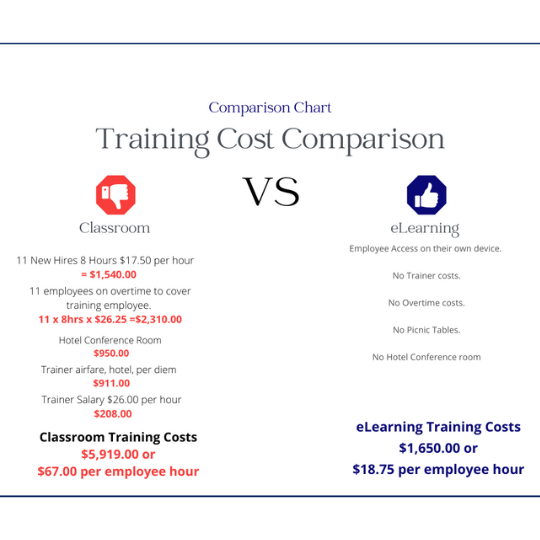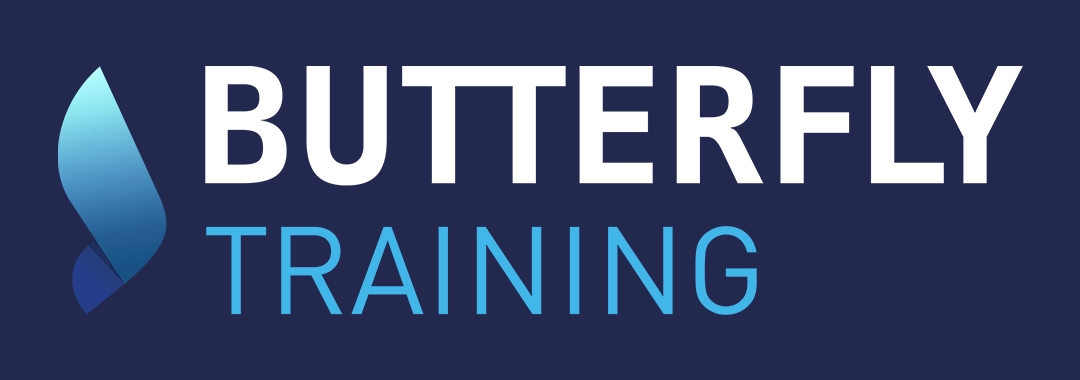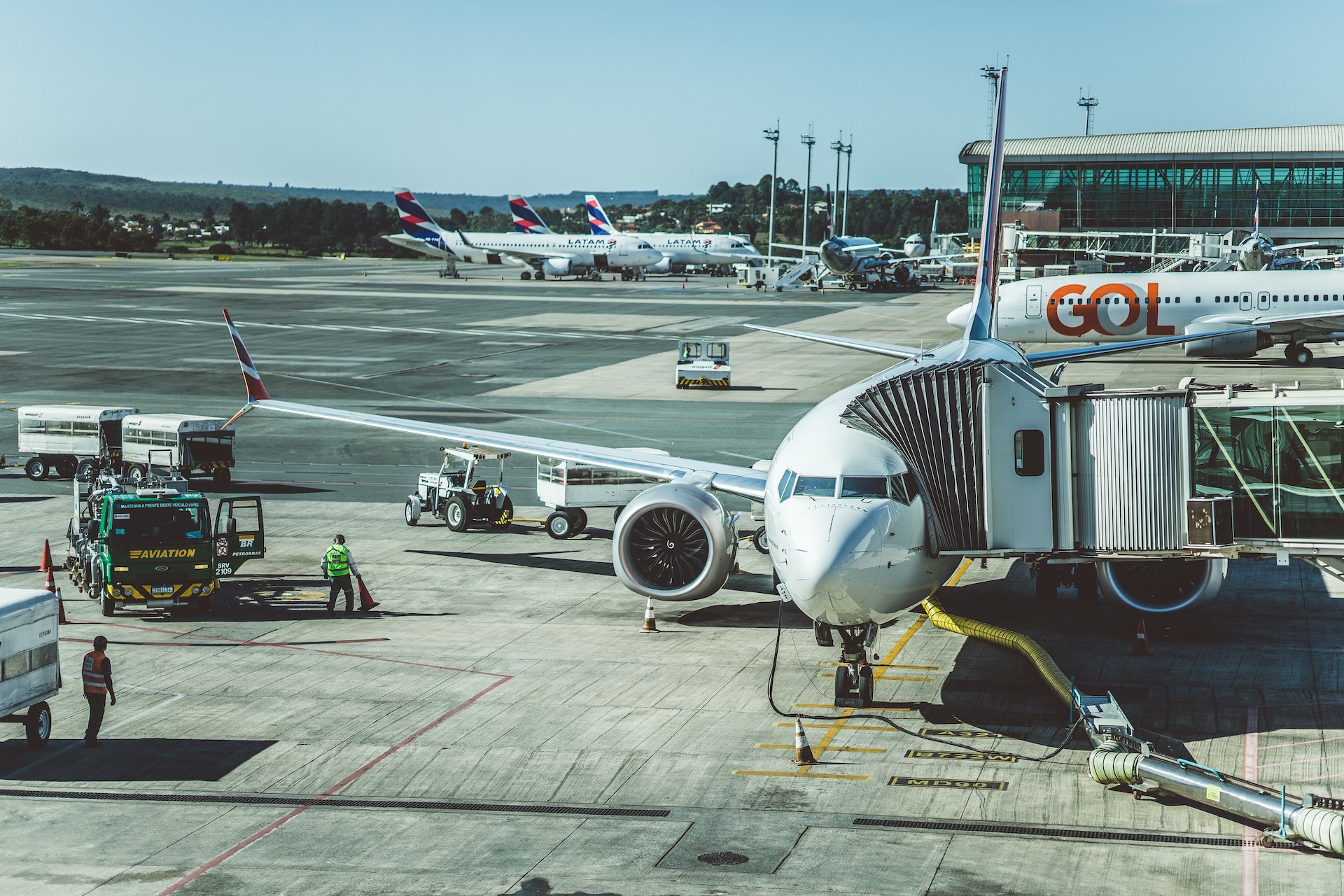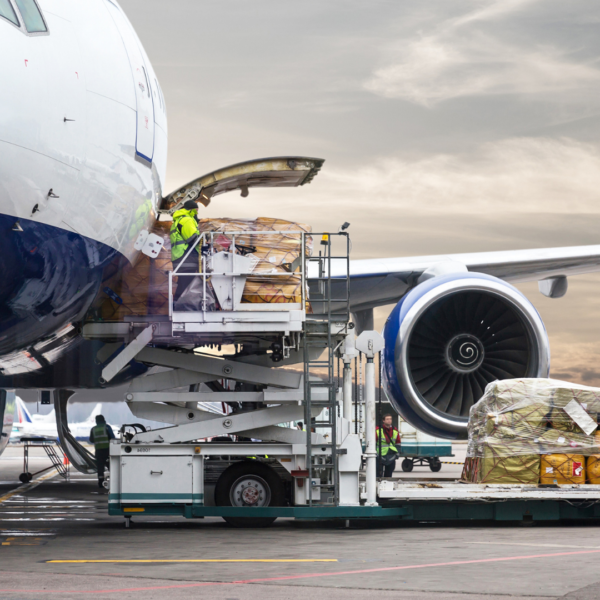We are continuing our series on eLearning’s impact on your workforce. Part one can be seen here.
As we discussed in our last learning article, millennials are the most significant work group in America today. Generationally they will be for the next 15-20 years. The following 15 years will require companies to adjust to this workgroup’s habits, employer expectations, and motivations.
By: Ron Gerber
Number One Reason to Focus on Millennial Employee Satisfaction
We established from the U.S. Bureau of Labor that employee turnover costs in the United States are over 1 trillion annually. If 70% of the workforce is millennials, then 70% of that wasted $1 trillion companies spend because turnover should be the main focus of their recruitment, training, engagement, and retention efforts. Every company in America has an obligation to its owners, shareholders, investors, and EMPLOYEES to understand how to retain the millennial employee better.
Top Ways to Engage Millennial Employees
A Gallup Poll recently identified a significant clue of where to focus your efforts to recruit and retain employees. 87% of millennials report that professional development opportunities are the deciding factor when deciding to remain at a company and or accept a new offer. Like it or not, companies must sell themselves to a prospect and continue to sell themselves to their current employee group. Take an honest look at the state of the airline industry’s staffing struggles. From pilots to ground staff, our industry needs to recognize the generational differences between today’s largest work group and those of the past. Continued business-as-usual methods in Talent Acquisition and Onboarding will only drive the same failing recruitment and retention results.
Implement a user-friendly and cost-effective internal development training program.
Focus the building of this program on mobility and ease of access, eLearning—no more Classroom training.
Utilize existing providers currently offering industry-recognized and industry-compliant programs that specialize in filling out a broad range of aviation-specific internal development and compliance programs. Don’t try to reinvent the wheel.
Employees Are an Asset
A well-trained employee is one prepared to complete their job functions successfully. Getting them ‘well-trained’ is a struggle. As previously mentioned in our past article, classroom training has far too many negatives in the millennial’s mind. An eLearning program invests in your employees, thus making them an asset. They are engaged, empowered, and far more prepared to not only complete their responsibilities on the job but do so with motivation.
Classroom Training and Expenses are a Liability
Classroom desks
MROs, Ground Handlers, Service Providers, Freight Forwarders, and most airline field stations do not have training facilities in the aviation industry. When faced with group training requirements with what we do, we all do…we keep growing the local hotel conference room revenues or fly employees to a corporate facility. Why?
As a budget exercise, I reviewed the field station expenses of two airport stations in a region. One had three full-time trainers that covered the station and regional training needs and a small 6 -person training facility/conference room. The other station had no trainer and no training facility. The training was occasionally completed by moving breakroom picnic tables into a warehouse storage area for its classes of new hires. And when unable to use the picnic tables, they rented hotel conference rooms.
This article will look at several factors that influence company training costs and provide some valuable tips on how companies can reduce their upskilling budgets.
How Much Does it Cost to Train an Employee?
The numbers fluctuate yearly, but since the early 2000s, the average cost of training a new employee has been approximately $1,200. This number had been on the rise until the pandemic, but in 2020 it decreased by $175. This was most likely due to a combination of inexpensive alternatives, and companies are simply scrapping their training programs to save money after COVID-related losses

eLearning Saves Your Company Money.
The aviation industry cannot adopt a fully remote workplace. Cargo doesn’t build itself; bags won’t load themselves, and passengers still ask questions. With that, we can still use a lesson learned from the remote work shift to entice employees to work in our industry. eLearning is an easy adoption that will demonstrate to the potential employee (millennial) that your company values their expectations and will meet them. eLearning mobile applications, self-learning pace, and tremendous cost savings are all ways to engage, empower and train your employees in the world of aviation compliance.
Contact Butterfly Training today to learn how to create the culture your company and employees deserve.




